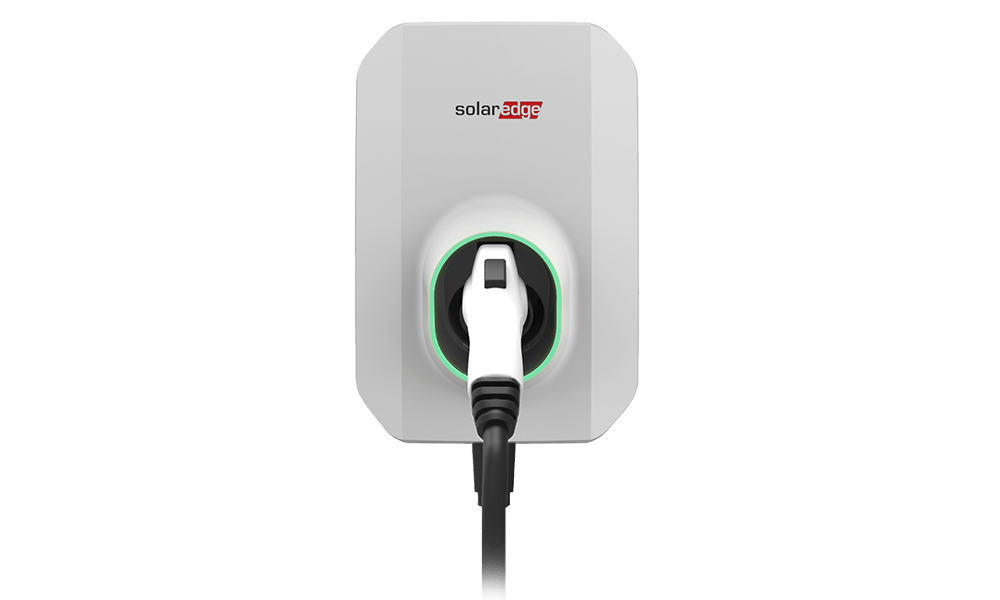Fuel savings from driving electric vehicles
Electric vehicles cost less than half as much to operate as their gasoline-powered counterparts. And one of the biggest day-to-day savings is the cost of fuel. A 2018 study from the University of Michigan found that electric vehicles cost less than half as much to operate as gas-powered cars. The average cost to operate an EV in the United States is $485 per year, while the average for a gasoline-powered vehicle is $1,117. The EV Savings are incredible!
On top of the cost savings, electricity rates are much more stable than gasoline prices. Over the past 10 years, the cost of fuel ranged from $1.50 to $4.00 per gallon. By comparison, over that same amount of time, electric car drivers paid about $1.20 for electricity to go the same distance. A consistent electricity rate means that fueling an electric car is both more budget-friendly and more predictable.

